In the United States, far more police encounters result in civilian and officer deaths than in other democratic countries. When a government actor uses excessive force against an individual during an arrest or investigatory stop in violation of the Fourth Amendment right against unreasonable seizure, 42 U.S.C. § 1983 provides a federal civil remedy for that individual.
In Graham v. Connor and Tennessee v. Garner, the U.S. Supreme Court held that courts should assess the reasonableness of an officer’s use of force to seize an individual in light of the “totality of the circumstances,” which includes the severity of the crime, whether the suspect actively resisted arrest, and whether the suspect posed a threat to the officers and bystanders. However, the Court has never delineated how lower courts should assess the totality of the circumstances in excessive force claims under § 1983. Thus, circuit courts have applied varying methods to analyze law enforcement’s use of force.
This Note examines whether the Second Circuit’s narrow approach, the Third Circuit’s broad approach, or the Seventh Circuit’s segmented approach properly identifies the circumstances to consider when measuring the reasonableness of officers’ uses of force during a seizure in § 1983 claims. This Note compares the three circuit court approaches to how Canadian courts evaluate the reasonableness of police conduct in excessive force claims.
Ultimately, this Note concludes that the Third Circuit’s approach, which considers causally relevant conduct, such as preseizure conduct, is truest to the notion of “totality” and should be the uniform method. As illustrated by Canadian courts, this Note argues that the Third Circuit standard incorporates de-escalation training as a factor in the reasonableness analysis.

